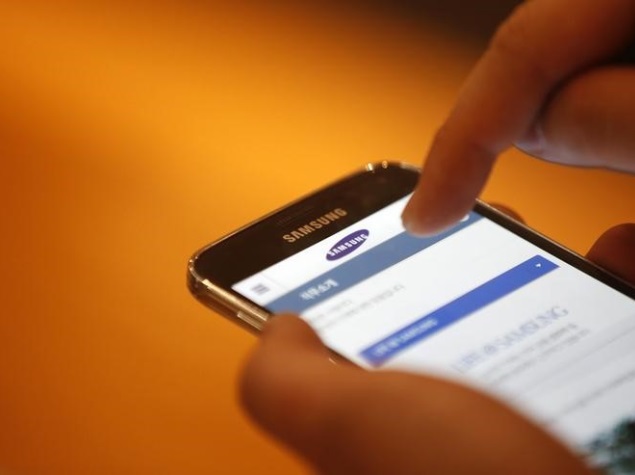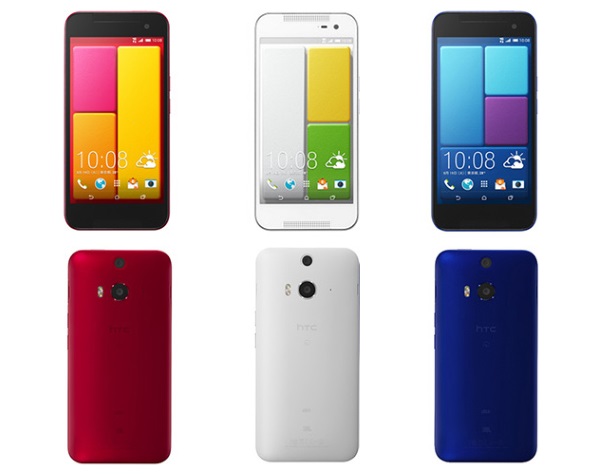Over the last couple weeks, many of my colleagues in the tech press have published reviews of the Galaxy S5, Samsung’s newest top-of-the-line smartphone. They all arrived at more or less the same conclusion: The S5 is a very nice device.
Although it offers no spectacular advances over the previous version, Samsung seems to have done just enough with the S5 to stay ahead of every other Android phone maker. The only plausible competition comes in the form of the HTC One, which, as my colleague Molly Wood wrote, is prettier than the S5 but not as functional. The upshot of all these reviews is that if you’re looking for the best Android phone, Samsung’s is the one to buy.
But that’s not the whole story. While there are probably some people who go out to shop for the best Android phone, I suspect that most people want to know which phone is best of all, whatever operating system it runs. In other words, how does the Galaxy S5 compare to the iPhone 5S, Apple’s six-month-old flagship device and the champion to beat?
The answer: Not very well. I’ve been using the new Samsung for about three weeks, and while I do think it is the best Android phone you can buy, it sure isn’t the best phone on the market. By just about every major measure you’ll care about, from speed to design to ease of use to the quality of its apps, Samsung’s phone ranks behind the iPhone, sometimes far behind. If you’re looking for the best phone on the market right now, I’d recommend going with the iPhone 5S.
This is not to say you’ll hate the Galaxy; as everyone says, it’s a great phone, and if you buy it you’ll be fine. The Galaxy does have slightly longer battery life than the iPhone, and it is waterproof, an unusual feature among top-end phones.
To me, though, these two advantages are slight. Indeed, for many people, there will only be a single obvious reason to buy the Galaxy S5 over the iPhone 5S: The Samsung phone has a much bigger screen. Size isn’t an objective advantage but rather a matter of preference — some people like big phones and some people like small ones. For the next few months, for big-phone lovers, Samsung’s massive size will make it the clear winner.
Yet that points to a looming problem for Samsung. News reports and common sense suggest that Apple will almost certainly unveil a bigger iPhone later this year. If you assume that everything else about the iPhone-versus-Galaxy matchup will remain the same after the size increase, it means that Samsung will lose its single greatest advantage over Apple.
And what will Samsung do then? When you compare the Galaxy to the iPhone, it’s not obvious that Samsung will have any real way to fight back once Apple makes a bigger phone.
I don’t mean to sound glib. But in many ways, the battle for smartphone supremacy is a pretty simple fight. Apple makes at least two thirds of the profit in the smartphone business, and Samsung makes about the other third. No one else makes any money selling smartphones, so any gain for Apple is a loss for Samsung, and vice versa.
In recent years, the growth rate for iPhone sales has slowed down. This is partly because, when it comes to expensive phones, consumer preferences appear to have shifted in favor of big phones — and Samsung has been more nimble than Apple at responding to the demand. Apple highlighted this fact in a sales presentation recently disclosed as part of its patent-infringement fight against Samsung. “Consumers want what we don’t have,” the document stated, noting that most of the growth in the profitable segment of the smartphone business had been in phones with screens larger than the iPhone’s 4-inch display.
But as my management-consultant friends say, the flip side of a problem is an opportunity. If Apple’s major shortcoming is a too-small phone, all it has to do is make its phone larger. Making a larger phone isn’t trivial, but it is a relatively easy fix. Apple has done it well before — two years ago, it put out the iPhone 5, which had a screen just a bit taller than its predecessor — and I suspect it can easily manage the transition once more.
Samsung’s problems, meanwhile, will be more difficult to address, as you can tell by spending some time with the S5. One of its major new features is a fingerprint-sensor meant to let you unlock your phone without typing a passcode, a feature Apple introduced on the iPhone 5S last year. I don’t fault Samsung for copying Apple’s fingerprint idea, just as I won’t fault Apple for copying Samsung when it makes a bigger phone. Fingerprint unlocking is a good idea, and more phones should have it.
But I do fault Samsung for the slipshod manner in which it introduced fingerprint scanning. I’ve been using the iPhone’s fingerprint sensor for the last six months, and it has worked about nine times out of 10 for me. The Galaxy S5’s finger sensor is unusable. It has failed to recognize my finger just about every time I have tried it. It has been so terrible that the sensor feels more like a marketing gimmick than a legitimate feature. And it makes me wonder about Samsung’s capacity to keep up with Apple’s innovations.
So, too, does the Galaxy’s speed. The S5 is really fast, but the iPhone 5S is faster. While the speed won’t be a big deal to most users (you’ll mainly notice it in games and web browsing), it does point to a problem for Samsung. The rapid increase in year-by-year mobile chip performance has been a hallmark of the phone business for years. It’s unusual in this industry for a new phone to be slower than a phone released six months ago. When Samsung’s Galaxy S4 came out last year, it was much faster than the iPhone 5 that preceded it. But this year, Samsung couldn’t keep up; as the speed-testing gurus at AnandTech showed, by just about every speed metric, the aging iPhone 5S beat the brand-new Galaxy S5.

Then there are the perennial problems for Samsung’s devices. Like the S4, the S5 has a cheap-feeling plastic body, and it’s hobbled by a proprietary software interface filled with byzantine menus and settings screens. You feel this complexity throughout the phone. Even in places where Samsung has introduced novel features that are better than Apple’s — like some of its advanced camera features — they’re buried in a user interface that makes them difficult to discover.
None of these problems are crippling for Samsung just yet. With its 5.1-inch screen, the Galaxy S5 is the best big phone you can buy, and it will be so for months. After that, though, Samsung’s smartphone ascendance may look a bit uncertain.





